Napa Valley, North Coast, Sierra Foothills, Rockpile, Wild Horse Valley…….and the list goes on. What are all of these? As I referred to in my last blog post, they are all established AVAs. (American Viticultural Areas) The item I’m covering in this posting in our ongoing discussion of non-required label items is appellation of origin. Now the twist with these is that all AVAs are appellations of origin but not the other way around. For example Sonoma County, Washington, and California are all examples of appellations of origin that are NOT AVAs.
They are the political subdivision example of appellations. So between the two of these common geographic indicators seen on wine labels there are of course two standards of qualifying for their use per the TTB’s regulations. When using an AVA as your appellation on a label 85% of the wine blend must have been sourced from fruit grown in that AVA. With using a political subdivision name for your appellation designation the regulations are slightly looser at a 75% minimum. Appellations are also commonly used as a marketing tool as having certain AVA names listed on a wine’s label will have appeal to consumers who equate them with a higher level of quality. They are generally seen as being more “pure”, and therefore of better quality. So much like consumers perusing the store shelves for coffee from Costa Rica or Ethiopia, wine consumers also become familiar with wines having certain characteristics they have grown accustomed to based on their appellations.
Next item: Vineyard designations.
Recent Posts
If you aren’t in the winery compliance world, don’t write about it!
Nails on a chalkboard. Folks, there is already a lot of incomplete or flat-out wrong information shared about winery compliance. Let’s not add to it! Stay in your lane. If you’re not actually in the winery compliance world, please spare all of us who are, and do not...
Eight takeaways from the CalRecycle training webinar on CA CRV requirements.
I joined in with the group of around 500 other folks who showed up live to CalRecycle's informational webinar on what the CA CRV reporting will mean for wineries. A fun way to kill a couple of afternoon hours on a Friday afternoon! But seriously it was very...
